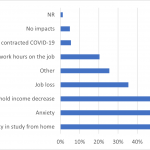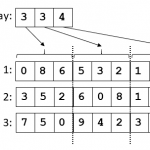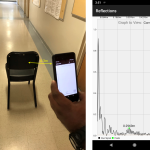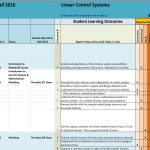COVID-19 Technology Student Success Challenges : Influence of Tools and Strategies
Abstract
COVID-19 brought rapid and substantial change to course formats as colleges and universities transitioned from on-campus to online instruction to mitigate the spread of the pandemic. While faculty and administrators sought solutions to maintain instructional quality and student success, students endeavored to adapt to the changes. This study investigated a) College of Technology students’ perceptions of their potential for success including initial reactions, adaptation, and perceptions of impacts to grades and learning; b) course features and tools preferred by Technology students; and c) factors that enabled Technology students’ course completion.
Keywords
covid-19, technology, tools
Introduction
The declaration of COVID-19 as a pandemic brought expansive changes to higher education including massive disruptions to students as they were forced to transition from on-campus to online classes (Binkley & Amy, 2020; Brownlee, 2020).




